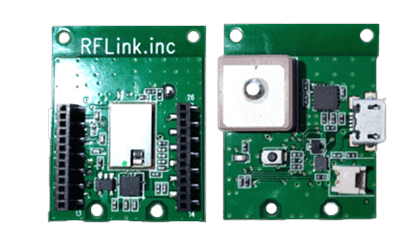What Is a 3-Axis Acceleration Sensor?

A 3-axis acceleration sensor is a device that measures acceleration in the X, Y, and Z directions. According to Newton’s second law of motion, acceleration occurs when an object is subjected to an external force, resulting in a change in velocity over time. The mathematical expression is “F = ma,” where F is force, m is mass, and a is acceleration. These sensors are capable of measuring movement, vibration, impact, and even gravity-induced tilt, making them versatile in various applications. Common types include piezoelectric, piezoresistive, and capacitive sensors.
Uses of 3-Axis Acceleration Sensors
3-axis acceleration sensors are employed in a broad spectrum of devices, including cell phones for screen orientation and pedometer functions, game controllers for motion detection, automobiles for monitoring vehicle posture and aiding in ABS and suspension systems, and robots for controlling position and posture.
Principle of 3-Axis Acceleration Sensors
1. Piezoresistive 3-Axis Acceleration Sensor
Piezoresistive sensors work on the piezoresistive effect, where the resistance changes under applied force. They detect acceleration based on changes in resistance caused by force applied to the piezoresistive element.
2. Piezoelectric 3-Axis Acceleration Sensor
Piezoelectric sensors utilize the piezoelectric effect, where the force on a piezoelectric material generates polarization and voltage, allowing acceleration detection based on the resulting electric charge.
3. Capacitive 3-Axis Acceleration Sensor
Capacitive sensors detect acceleration through changes in capacitance between fixed and movable electrodes. The movement of the movable electrode alters the gap and thus the capacitance, indicating acceleration.
Other Information on 3-Axis Acceleration Sensors
1. Application Examples of 3-Axis Acceleration Sensor
These sensors, due to their small size and versatility, are increasingly used in human motion analysis. They can measure the acceleration applied to the knee during walking, assess left-right functional differences in the lower limbs, and analyze the gait cycle and knee shock absorption functionality.
2. Algorithm of Pedometer Using 3-Axis Acceleration Sensor
Pedometers employing 3-axis acceleration sensors typically use algorithms that count steps based on the 3-axis composite value. This method avoids dependency on the sensor’s orientation and effectively detects steps in various walking and running patterns.